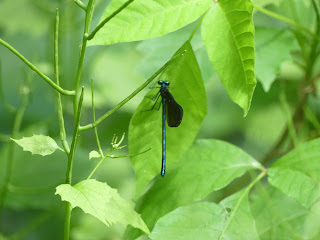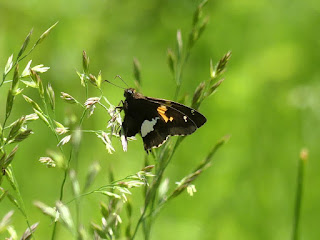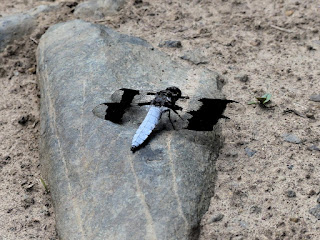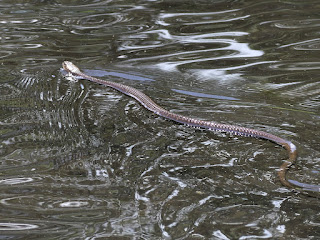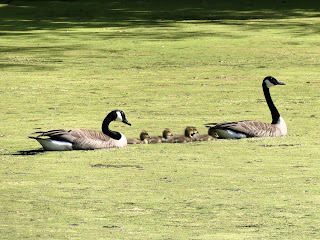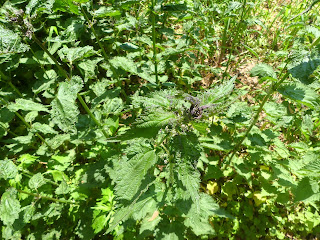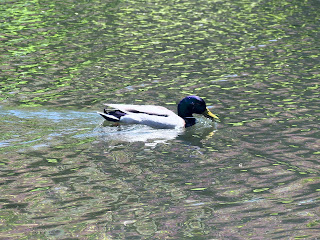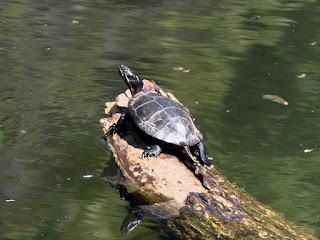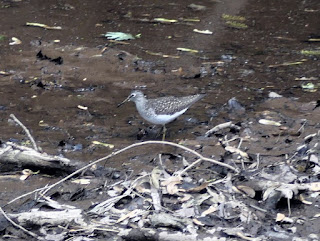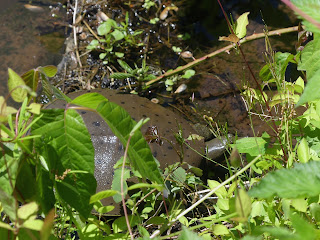Baltimore Oriole

Here's a (non-baseball playing) Baltimore Oriole I met in late May. He and his (presumed) mate were flying around near the Orchid Range's Outdoor Education booth. I don't spot these guys very often, but their population seems to be doing reasonably well. They're considered a type of blackbird even though they probably have more orange on them than black. And these birds have a sweet tooth, being particularly fond of brightly colored fruit. I lost track of this couple. I haven't seen them in the area since this picture, so perhaps they elected to start a family on another part of the property. May 28, 2021 at Duke Farms Photo 133215338, (c) jpviolette, some rights reserved (CC BY-NC)





